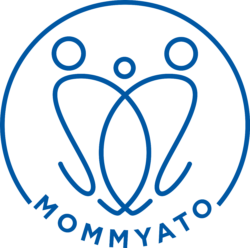
19 Aug Top 5 Tips to Prevent Clogged Milk Ducts
August celebrates World Breastfeeding Week. Feeding your baby breastmilk, whether it is pumped or direct from your breast, is one of the many joys of motherhood. But, it often takes a little practice, as well as knowledge, to avoid trouble with common problems like clogged milk ducts. Let’s review 5 simple tips to prevent clogged milk ducts and ensure you and baby’s breastfeeding journey is without unnecessary obstacles!
Clogged milk ducts usually begin with inflammation of the breast tissue surrounding the milk ducts. This can result from tight straps and pressure, such as ill fitting or underwire bras, tight seat belts, infant carriers, backpacks and purses. Also, it is often the result of incomplete emptying of the breasts during feedings.
You can identify a clog because it is often a hard lump and usually tender. Some mothers feel warmth or heat at the site of the clog.
TOP 5 TIPS for Preventing Clogs:
- Wear a well-fitted nursing bra and avoid anything that puts uncomfortable or unnatural pressure on your breasts.
- Assess your baby’s latch. Is she latched properly and are you without nipple pain? A proper latch will not only prevent damage to your nipple but also promote better emptying of the breast.
- Breastfeed in different positions to promote better emptying of the breast. If you already suspect a clog, position the baby so his chin is pointed in the direction of the clog. While breastfeeding, massage behind the lump in the direction of the nipple. If you’re pumping, ensure you’re in an optimal position for good flow: sit upright, shoulders back, arms relaxed and feet flat on the floor.
- Stay regular with your breastfeeding or pumping schedule. Don’t skip feedings or go too long between feedings/pumping.
- Avoid inflammatory foods. If you are following a well balanced, nutritious diet full of leafy greens, fresh veggies and fruit, nuts, seeds and high quality protein, you are already doing this! Steer clear of inflammatory fried and processed foods. Drink plenty of water to thirst! Sunflower lecithin may prevent recurrent plugged ducts because it’s thought to reduce the viscosity (thickness) of breastmilk and help it flow more freely.
If you suspect a clogged duct, try massaging frequently behind the clog. Moist heat applied for 20 minutes before feeding or pumping is helpful. Apply a warm washcloth or moist caster oil pack (helps break up breast lumps). Doing both together such as massaging and expressing milk in a steamy, warm shower is even better!
If you suspect signs of infection, such as fever, malaise, unusual discharge and significant breast pain, see your provider right away.
REFERENCES:
- American Academy of Family Physicians. September 2008. Management of mastitis in breastfeeding women. https://www.aafp.org/pubs/afp/issues/2008/0915/p727.html
- American College of Obstetricians and Gynecologists (ACOG). February 2021. Breastfeeding challenges. https://www.acog.org/clinical/clinical-guidance/committee-opinion/articles/2021/02/breastfeeding-challenges
- Photo by Helena Jankovičová Kováčová: Woman Holding Child and Breastfeeding. https://www.pexels.com/photo/woman-holding-child-and-breastfeeding-10472186/



